

Table of contents
- Why cut down trees?
- Preparations for tree felling
- The actual tree felling
- Summary
Cutting down trees is an art. One that requires precision, skill, and most importantly, knowledge. It's a task that shouldn't be undertaken lightly, and certainly not without first learning the basics. This comprehensive guide will help you understand the essentials of tree felling and provide you with practical tips and tricks to carry it out safely.
Felling a tree is not just a matter of physical labor. It requires a deeper understanding of the nature and characteristics of the tree you are trying to fell. It's about recognizing the right moment, applying the correct techniques and minimizing the risks. Therefore, proper training and equipment is essential to safely perform this task.
Why cut down trees?
The decision, to cut down a tree, can happen for a variety of reasons. Perhaps the tree poses a danger because it is diseased or growing in an unsafe place. Or maybe it has to go to make way for a new construction or landscaping. Regardless of the reason, it's important that you follow the proper steps to ensure the tree is felled safely and effectively.
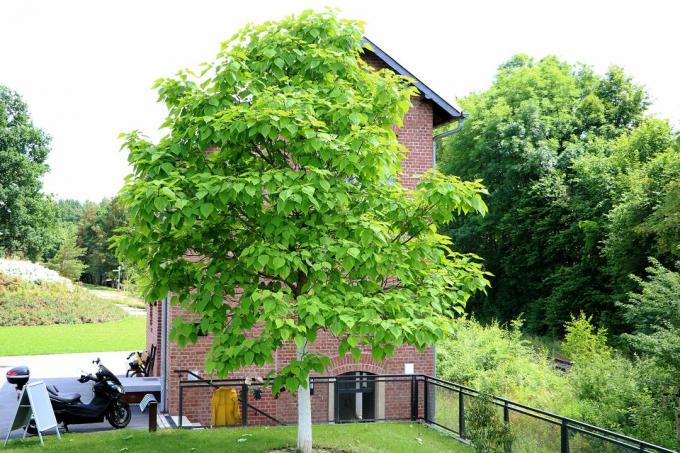
Trees are an important one part of our ecosystem. They provide habitat for wildlife, improve soil quality and help reduce carbon dioxide levels in the atmosphere. However, if it is necessary to cut down a tree, it should be done in the safest and most environmentally friendly way. With the right knowledge and equipment, you can ensure that the Tree with minimal environmental impact and maximum safety for you and others.
A Chinese proverb says:
“The best time to plant a tree was twenty years ago. The next best time is now.”
Preparations for tree felling
Before you start the actual tree felling, there are some preparations you should make. This includes examining the tree, choosing the right tool and checking the surroundings.
A thorough understanding of the tree is the first step. Check the health of the tree, the thickness of the trunk and the direction of growth of the branches. A diseased or dead tree can react unpredictably when felled, increasing the risk of accidents. You should also determine the direction in which the tree should fall. Ideally, this should correspond to the natural direction of growth of the tree.
Choosing the right tool is another important aspect. chainsaws are the preferred tool for this task as they are both efficient and effective. But not every chainsaw is suitable for every tree. Choosing the right chainsaw depends on the size and type of tree you want to fell.
Finally, you should check the surroundings of the tree. Make sure there is enough space for the tree to fall safely and that there are no structures or other trees that could be damaged. The safety of people in the vicinity should also be ensured.
The actual tree felling
When all the preparations are done, it's time to cut down the tree. This should be done with the utmost care and caution to avoid accidents and ensure the tree falls in the desired direction.
First, a cut is made in the tree called a fall notch. This cut determines the direction of fall of the tree and consists of a horizontal and an oblique cut, which together form a V. The angle and depth of the notch depends on the size and shape of the tree and should be performed by an experienced arborist or forest worker.

Then the felling cut is made on the opposite side of the notch. This cut should be made slightly higher than the bottom cut of the halyard notch to create a hinge effect that will tilt the tree in the desired direction.
Once the tree begins to fall, you should move quickly and safely out of the way and stay within a predetermined safety zone.
Summary
Felling trees is a serious task that requires thorough preparation, precise knowledge and safe techniques. It's important to thoroughly examine the tree and the surrounding area, choose the right tool for the job, and make sure all Safety measures are hit before the tree is felled.
Actual tree felling requires precision and care. The notch and felling cut are critical to the safe and controlled felling of the tree, and the safety of those around should always be the top priority.

Ultimately, the goal is to fell a tree safely, efficiently, and with minimal impact on the surrounding area. With the right knowledge and skills, this is an achievable task.
In this article, we have discussed the basic aspects of tree felling and provided practical tips on how to carry it out safely. We hope this information will help you with your tree felling needs and that you are now better prepared to tackle this challenging task.
Whether you are cultivating a tree for safety reasons, in preparation for a new construction, or for any other reason reasons, always remember that safety and respect for the environment come first stand. Trees are an important part of our ecosystems and it is our responsibility to protect and conserve them wherever we can.
 Home editorial office
Home editorial office
Learn more about gardening of all kinds
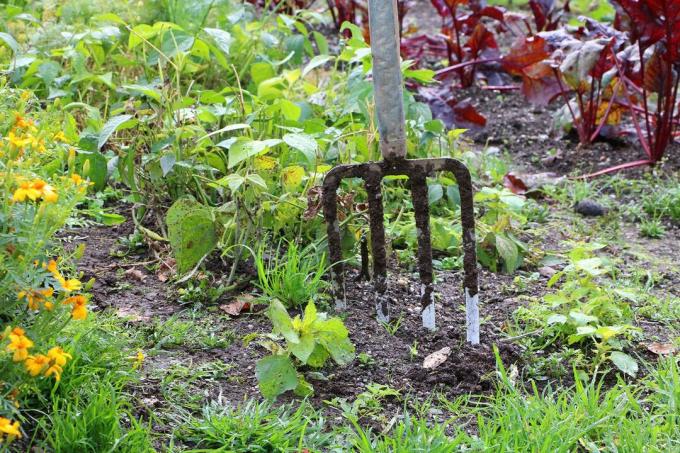
Laying out a garden – you should observe these guidelines
A well-kept garden is a real eye-catcher that enhances the house and property even more. When buying a new property or for seasonal renewal, the garden is designed with many new ideas and concepts. This can be quite expensive if not planned properly. Our article wants to show you how to create your new […]
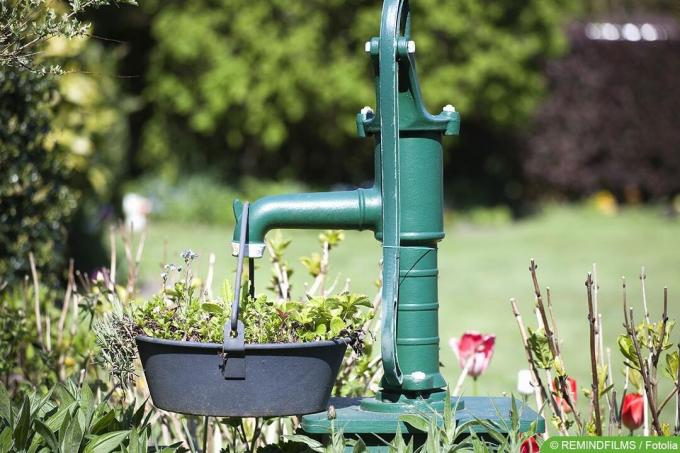
Find water veins: At what depth does groundwater come?
A well on your own property must be connected to the groundwater. It is not always clear where this is located. Luckily, there are several methods that you can use to reliably track down a "water vein" to take advantage of the water source.
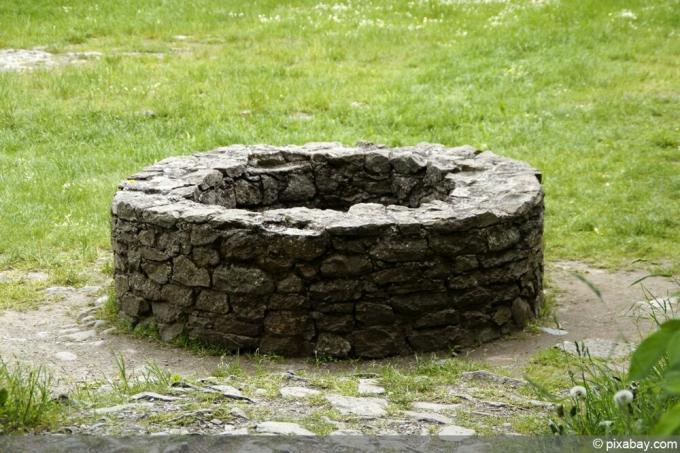
Build your own dowsing rod DIY instructions
Dowsing rods have been a working method for finding water and other things in our environment for centuries. With little effort, you too can easily make your own dowsing rod - with our instructions.
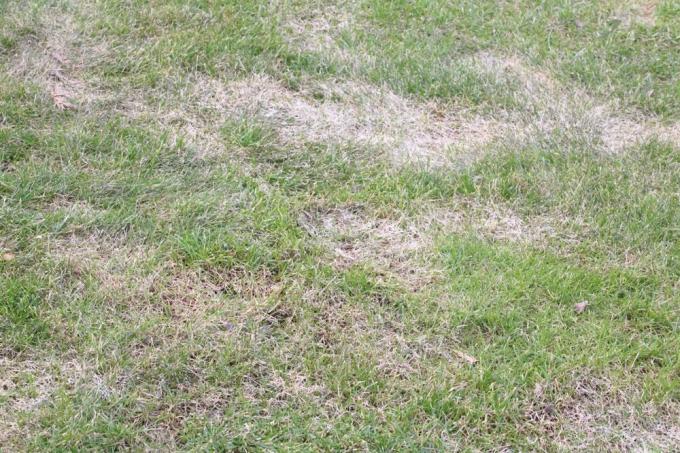
Lawn pavers: how does lawn repair work?
Bald spots or gaps in the lawn are a thorn in the side of many lawn owners. However, overseeding is considered to be tedious work. Relief should Provide lawn pavers that combine many work steps in one.

Build a Frisian wall yourself | Costs for a Frisian wall
The Friesenwall is used to separate gardens and flower beds from neighboring properties. It is aesthetic and offers a living space. The costs you will incur depend on the material you have chosen. Choosing DIY will save you money on labor.
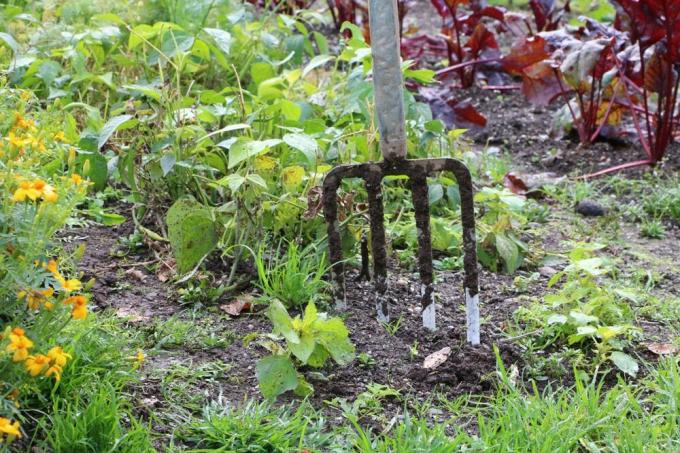
Improve your income with gardening - is that possible?
If you put a lot of time, energy and love into your garden and this then also brings the corresponding successes in the form of a rich harvest shows, you can get the idea of whether you can improve your income with your gardening. We show what you should consider, what pitfalls there are and what opportunities you can offer.

